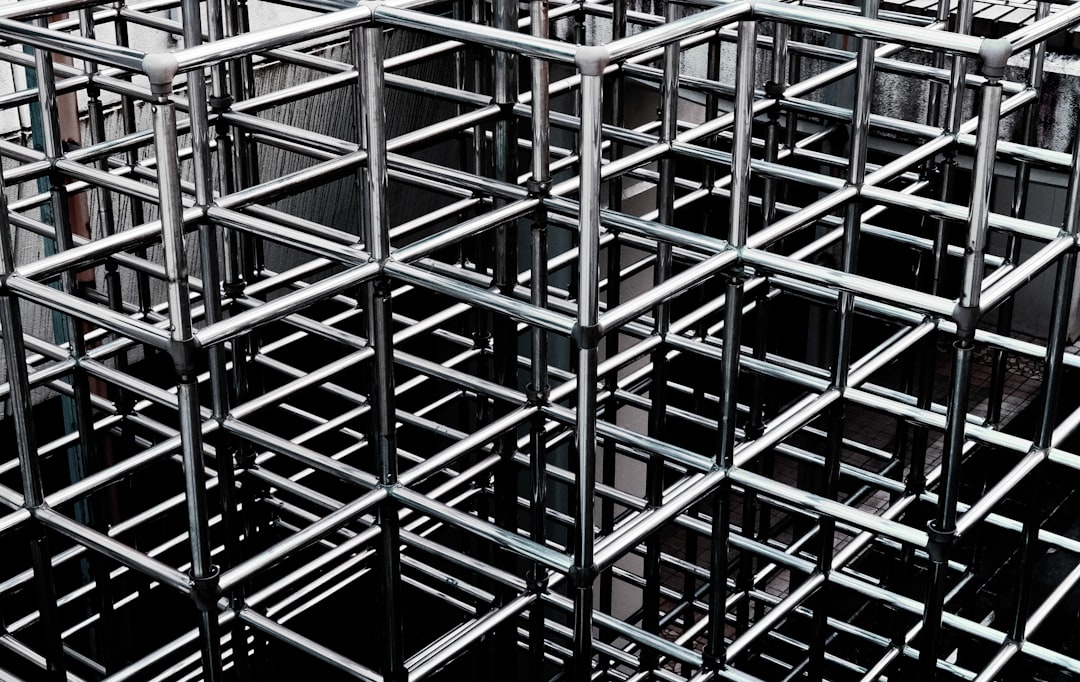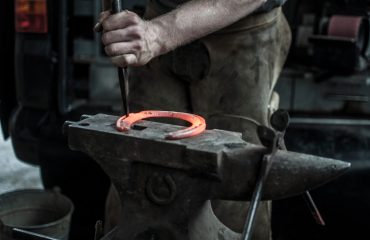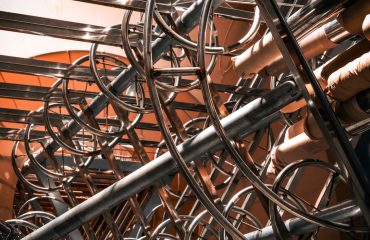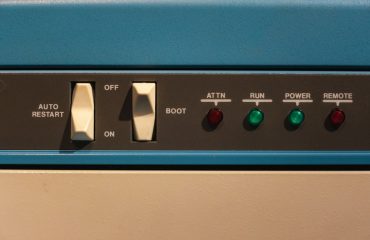Prefabricated steel structures are revolutionizing the construction industry, offering a faster, more efficient, and cost-effective alternative to traditional building methods. This comprehensive guide delves into the world of prefabricated steel, exploring its advantages, design considerations, diverse applications, and the exciting future it holds.
The Advantages of Prefabricated Steel Structures
Prefabricated steel structures boast a multitude of advantages over conventional construction techniques. The most significant benefits include:
- Speed and Efficiency: Fabrication occurs off-site in a controlled environment, significantly reducing construction time. Components are pre-engineered and manufactured to precise specifications, minimizing on-site delays and errors.
- Cost-Effectiveness: While initial material costs might seem higher, the reduced labor costs, faster construction timelines, and minimized waste contribute to overall project cost savings.
- Durability and Strength: Steel is incredibly strong and durable, capable of withstanding extreme weather conditions and providing excellent resistance to fire and pests. This translates to a longer lifespan and reduced maintenance requirements.
- Flexibility and Design Options: Steel’s versatility allows for a wide range of architectural designs and complex geometries. It can be easily shaped and customized to meet specific project needs.
- Sustainability: Steel is a highly recyclable material, contributing to environmentally friendly construction practices. Prefabrication also minimizes on-site waste and reduces the carbon footprint associated with transportation.
Design and Engineering of Prefabricated Steel Structures
The design and engineering process for prefabricated steel structures is meticulous and involves several key steps:
- Conceptual Design: Architects and engineers collaborate to develop a detailed design based on the client’s requirements and site conditions.
- Structural Analysis: Sophisticated software is used to analyze the structural integrity of the design, ensuring it can withstand anticipated loads and stresses.
- Fabrication Drawings: Detailed fabrication drawings are created, specifying the dimensions, connections, and other critical aspects of each steel component.
- Manufacturing: Steel components are manufactured off-site in a controlled factory environment using advanced technologies like CNC machining.
- On-Site Assembly: Pre-fabricated components are transported to the construction site and assembled efficiently, often using specialized cranes and lifting equipment.
This precise and controlled process minimizes errors and ensures the final structure meets the highest quality standards.
Applications of Prefabricated Steel Structures
The versatility of prefabricated steel structures makes them suitable for a wide range of applications, including:
- Industrial Buildings: Warehouses, factories, and manufacturing plants benefit from the strength, durability, and speed of construction offered by steel.
- Commercial Buildings: Office buildings, retail spaces, and shopping malls can be efficiently constructed using prefabricated steel, offering flexibility in design and layout.
- Residential Buildings: Prefabricated steel is increasingly used in residential construction, offering a cost-effective and sustainable solution for homes and apartments.
- Agricultural Buildings: Steel structures are ideal for barns, sheds, and other agricultural facilities, providing durable and weather-resistant solutions.
- Infrastructure Projects: Bridges, towers, and other infrastructure projects can leverage the strength and longevity of prefabricated steel components.
Cost Analysis of Prefabricated Steel Construction
While the initial material cost of steel might be higher than some traditional materials, the overall cost-effectiveness of prefabricated steel structures is undeniable. Factors contributing to cost savings include:
- Reduced Labor Costs: Less on-site labor is required due to the off-site fabrication and efficient assembly process.
- Faster Construction Timelines: Shorter construction periods lead to reduced project financing costs and faster return on investment.
- Minimized Waste: Precise manufacturing minimizes material waste, leading to lower disposal costs.
- Lower Maintenance Costs: The durability and longevity of steel structures translate to reduced maintenance and repair expenses over the building’s lifespan.
A thorough cost analysis comparing prefabricated steel with traditional construction methods is crucial for determining the overall economic viability of a project.
Future Trends in Prefabricated Steel Structures
The future of prefabricated steel structures is bright, with ongoing innovations driving further advancements. Key trends include:
- Increased Automation: Further automation in the manufacturing process will improve efficiency and reduce costs.
- Sustainable Practices: Emphasis on using recycled steel and incorporating sustainable design principles will become even more prominent.
- Modular Design: Modular construction using prefabricated steel components will allow for greater flexibility and customization.
- Advanced Materials: Integration of advanced materials and technologies will enhance the performance and longevity of steel structures.
- Digitalization: Building Information Modeling (BIM) and other digital tools will continue to optimize the design, fabrication, and construction processes.
Prefabricated steel structures are poised to play an increasingly significant role in shaping the built environment, offering sustainable, efficient, and cost-effective solutions for a wide range of construction projects.




